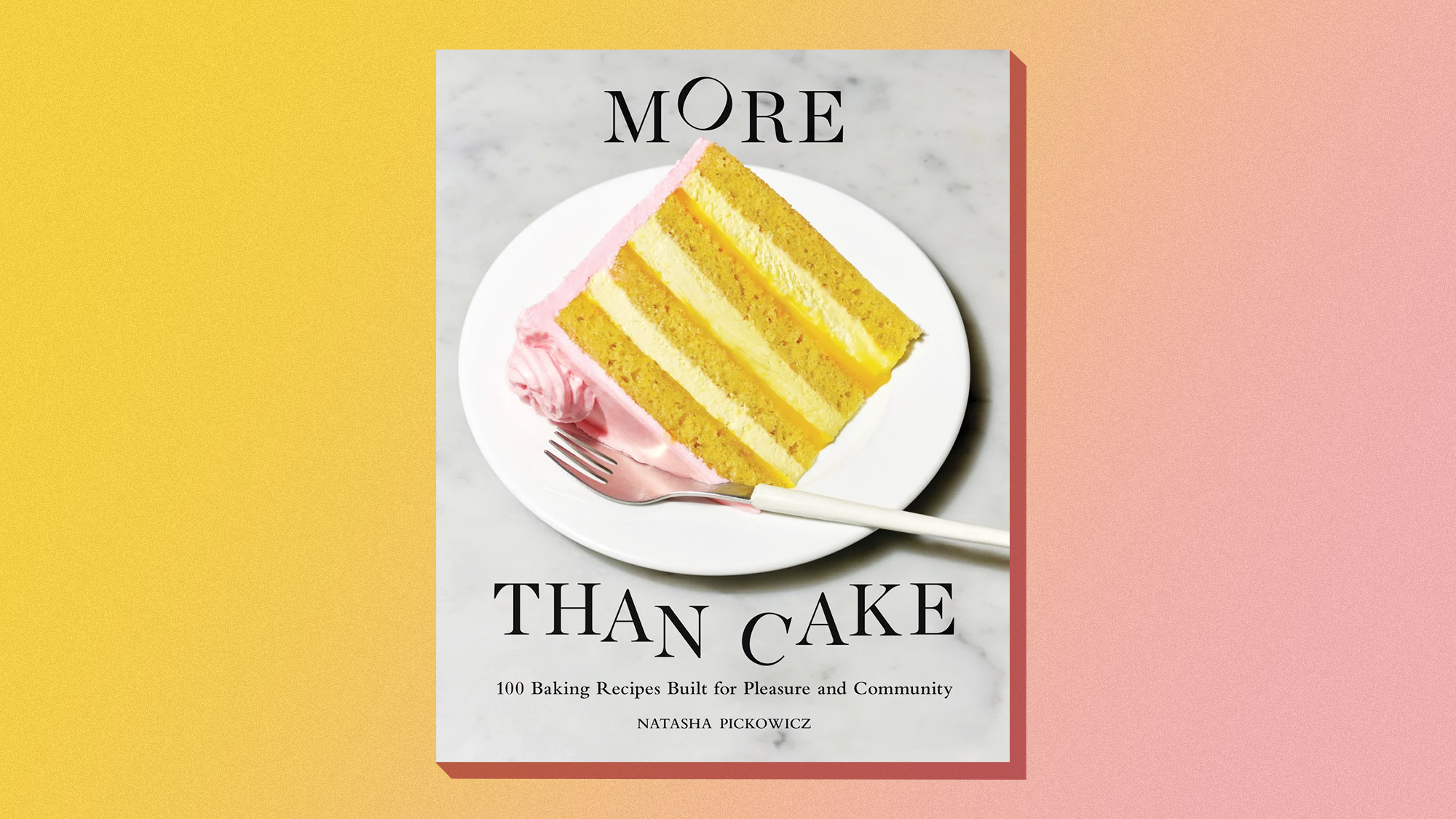The science behind the world's tastiest chocolate
The Mast brothers explain their method


While love for chocolate is simple to understand, the science behind creating this tasty substance is much more complex. Physicist Naveen Sinha joined Rick and Michael Mast, owners of Mast Brothers Chocolate, for "Taste The Physics Of Chocolate," a program of the 2014 World Science Festival.
The creation of chocolate starts with cocoa beans, which are fermented, dried, and then roasted. Mast Brothers roasts their beans in convection ovens for 15-20 minutes at 300 degrees Fahrenheit. They have a delicate approach to roasting, preferring to enhance rather than manipulate the bean's flavor. "It's our duty to celebrate the unique flavors and personalities of each bean," Rick Mast said.
To convey how powerful the roasting stage is, the presenters passed out nibs, or pieces of the cocoa bean, at three different stages in the roasting process: raw, roasted, and over-roasted. People were clearly surprised by the taste of the raw nibs, which attendees described as bitter and vegetable-like. The reason for this taste was that "raw beans have a much higher acidity level so it's a more botanic flavor," Mast said. "Roasting brings out other flavors to balance out the acidity." The bean's sugar and protein molecules gain energy in the higher temperature, and that increased activity leads to new atoms coming together and new molecules being formed. To illustrate this principle, Sinha appeared with a tray with large molecular blocks. As he shook the tray to simulate the addition of heat, the blocks bounced, shifted, and reconnected with new blocks.
The Week
Escape your echo chamber. Get the facts behind the news, plus analysis from multiple perspectives.

Sign up for The Week's Free Newsletters
From our morning news briefing to a weekly Good News Newsletter, get the best of The Week delivered directly to your inbox.
From our morning news briefing to a weekly Good News Newsletter, get the best of The Week delivered directly to your inbox.
The next step in the process is called winnowing, and it involves separating the bean's shell from the nibs. Mast described an ancient winnowing practice, where you throw the beans up into the air; the wind blows away the light shells, and the nibs fall to the ground. When the Mast Brothers first started out in the chocolatier business, they performed a slight variation of this method, using a hair dryer to blow the shells of cocoa beans off their roof and down into the streets of New York. The pair has since gotten more sophisticated; they've created their own winnowing machine that uses a vacuum to separate the lighter shells and heavier nibs into distinct containers.
After being winnowed, the nibs are mixed with cane sugar in large grinders for two to three days, which the audience got to see firsthand as they donned hairnets and went downstairs where the rest of the chocolate making took place. This grinding process pulverizes the ingredients until they're so small, your tongue can no longer distinguish individual particles. For that to happen, the particles have to be just a miniscule 20 microns across (for comparison, the width of a strand of hair is 50 microns). The grind "is still acidic until all the sugar crystals have slowly emulsified with the cocoa butter so it tastes like one thing," Mast said. "Particle size is one of the parts of the chocolate experience."
Then come the finishing touches. The Mast Brothers set the chocolate in butcher paper and let it age for around 30 days. This is when "flavors really start expanding and balancing," Mast said. Another step is tempering, where chocolate goes from its naturally bumpy texture to the smooth surface we are used to as consumers. The Mast Brothers then offered tastings of dark chocolates to the audience; their intuitive understanding of chocolate physics throughout the production process shines through in their rich, decadent chocolate.
More from World Science Festival...
A free daily email with the biggest news stories of the day – and the best features from TheWeek.com
-
 ‘The menu’s other highlights smack of the surreal’
‘The menu’s other highlights smack of the surreal’Instant Opinion Opinion, comment and editorials of the day
-
 Education: More Americans say college isn’t worth it
Education: More Americans say college isn’t worth itfeature College is costly and job prospects are vanishing
-
 One great cookbook: ‘More Than Cake’
One great cookbook: ‘More Than Cake’the week recommends The power of pastry brought to inspired life